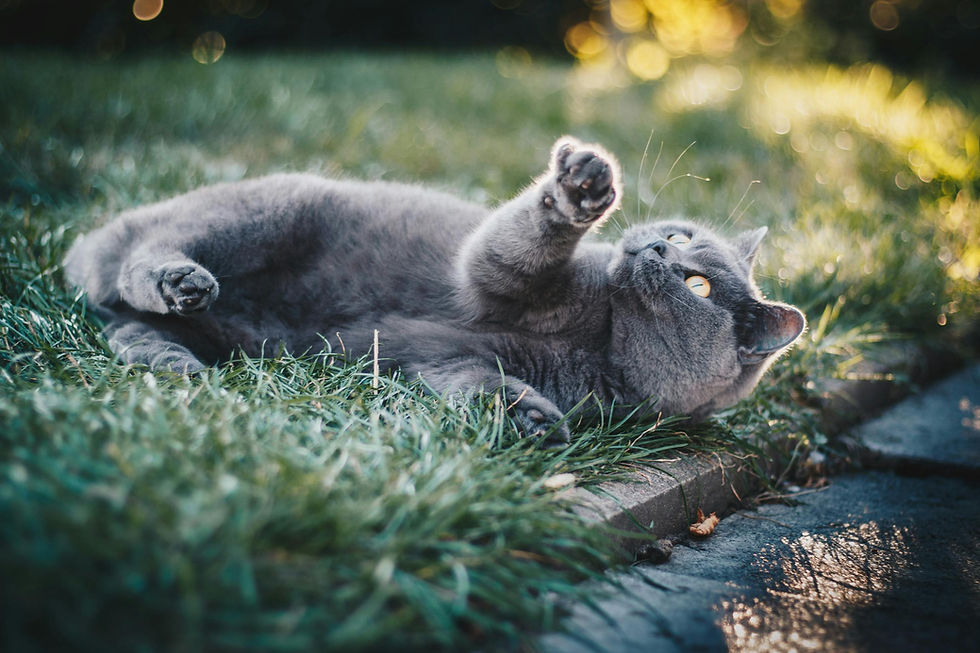How to Brush Your Cat's Teeth At Home
- Snappy Tom Pet Supply
- Mar 28, 2022
- 2 min read

Have you ever wondered about your cat's dental health? Like humans, cats are prone to dental diseases and hygiene issues, including periodontal disease and gingivitis. In fact, the Cornell Feline Health Center states that between 50 and 90% of cats over four years of age experience some form of dental disease. Diseases like these can be painful and may result in infection or even tooth loss.
A regular tooth brushing routine is a fantastic way to reduce your cat's plaque and tartar buildup, maintain oral hygiene, and prevent tooth loss down the road. Here's how you can do it at home.
What you need
Even the most patient cats are only liable to tolerate the brushing routine for a short time, so make sure you have all the essential supplies within reach before you begin.
· Pet toothpaste (human toothpaste is not safe for cats)
· A feline toothbrush or a q-tip
· A cloth or towel to clean up any messes
How to brush your cat's teeth
The best way to help your cat adjust to tooth brushing is by establishing a consistent routine, ideally when they are young. However, you can begin at any age. It may take a few sessions before your cat is comfortable with the process of brushing. Be patient and follow your cat's cues to know when they've had enough.
Start by holding your cat in your lap.
Pet your cat and offer lots of head scratches until they are calm and relaxed. Rub your cat's face along their lips and cheeks to help them adjust to being handled in this way.
Introduce the toothpaste
Spread some toothpaste on your finger and let your cat smell it or lick it off. If your cat is intrigued by the flavour, they'll be more likely to accept the toothbrush.
Apply toothpaste to the toothbrush or q-tip and begin brushing
Once your cat has sampled the toothpaste, apply some to the toothbrush or q-tip so you can commence brushing. Gently grip your cat's head and open their mouth as you introduce the toothbrush.
Start by brushing the canine teeth, then proceed toward the back of the mouth, brushing the teeth against the cheek, and then the molars. Brush each zone of your cat's mouth for approximately 30 seconds.
Repeat this process on each side of the mouth and finish with your cat's front teeth.
Break the brushing into stages
If your cat becomes impatient with the brushing, call it a day and resume with the next section of the mouth in your next session. It may take a few weeks before your cat will tolerate having their entire mouth brushed in one sitting.
How often should you brush your cat's teeth?
Ideally, you should brush your cat's teeth every day, but even a few times per week will help reduce buildup and keep their teeth clean.
The bottom line
Brushing your cat's teeth is a great way to promote oral health and prevent dental complications down the road. It can also freshen your cat's breath! Cats are more amenable to tooth brushing if you establish a routine when they're kittens, but it's never too late to start. Be patient with your cat as you teach them to tolerate this new activity.







Comments